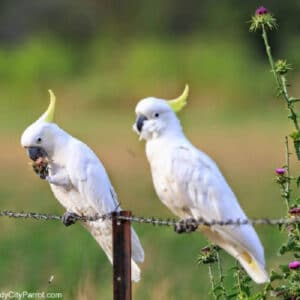Last Updated on by Mitch Rezman
Busy beaks are happy beaks!
A minimum of ten toys should hang in a well-furnished cage. Parrots should not be easily seen in their cage. This their home and they should feel camouflaged as in the wild. Parrots naturally live in trees allowing them to be heard, not seen. Nests are built inside trees surrounded by more trees. Here, young are raised in the safety of nature’s cover.
Good toys have different shapes and textures for the bird to explore and destroy. At least three toys should make a bird work for food Working toys are toys that make them work for their treats or favored foods. Parrots in the wild will spend the majority of their waking hours, hunting and foraging. Toys stimulate their mind and help replicate actions they would execute in the wild. Proper toys and placement enhance a Psittacines life in captivity.
Parrots think they’re working for food while avicultural outsider sees birds playing with toys as birds; playing with bird toys. Your companion parrot is always thinking, and since nothing has changed in their minds, playing with toys is their job. It’s what Mother Nature gave them to survive, this need to forage. If you provide no means of foraging, your bird will seek other avenues. It may be furniture or personal affects. Usually because they are easy and plentiful targets. It’s important to encourage your companion parrot to work for food because it’s a natural behavior.
Three or four toys should be made of soft wood. Soft wood allows you to push your fingernail in forming an indent.
The next toys depend on the bird. Large birds like macaws and Cockatoos may have a huge appetite. Introduce hardwood toys into cages and perhaps toys with hard plastics so they can spend more time on the various pieces. Toys may be strung together with rope, leather, chain or a combination of materials.
The balance of toys should be easily shredded. Toys may be store bought or home made. Parrot toy parts are available and helps keep toy making economical. Soft wood, paper, leather and other textures are important for the bird to explore and destroy
Introduce pieces of food like broccoli or corn, using one of many commercially available or home made toy holders. The food on the toy holder rewards them for playing.
The more textures, shapes, sizes and colors the better. Diversity is important because in the wild your birds eat a diverse diet. An eclectic selection of toys helps maintain your feathered companions interest.
Watch a bird in its natural habitat and you’ll see them chewing soft bark and hard tree trunks. Toys made from compressed palm leaf or treated Yucca introduces hours of “pecking pleasure” Interactive toys made from Plexiglas are very effective at reducing birdie boredom.
The majority of toys should hang or be placed in the upper third of the cage. Introduce a few more to the middle third (without hampering access to food dishes) around a perch made from soft wood, comfortable to grasp depending on the size of the bird’s feet. The bottom third of the cage should remain relatively uncluttered to allow the bird to walk freely.
Spot-check toys and perches on a daily basis looking for frayed or sharp edges that may potentially harm your bird.
The more you change the toy and perch arrangement, the more you challenge your companion parrot. It helps them socialize and helps avoids “toy-phobia”
Parrots can develop phobic reactions to new people, new furniture, and even new birds.
Author Profile
Latest entries
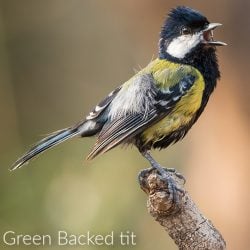 Bird & Parrot CareApril 17, 2025“How Light Helps Birds Protect Their Nests”
Bird & Parrot CareApril 17, 2025“How Light Helps Birds Protect Their Nests”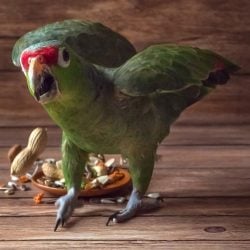 Bird BehaviorApril 17, 2025Pet Birds Can Be Messy for Several Reasons
Bird BehaviorApril 17, 2025Pet Birds Can Be Messy for Several Reasons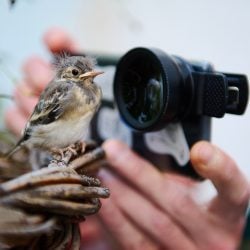 The Traveling BirdApril 17, 2025Does Bird Photography Affect Nest Predation and Feeding Frequency?
The Traveling BirdApril 17, 2025Does Bird Photography Affect Nest Predation and Feeding Frequency?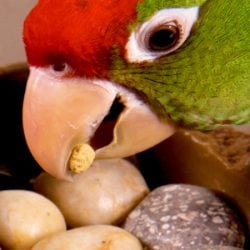 Feeding Exotic BirdsApril 12, 2025Should You Give Your Parrot Bird Seed or Pellets?
Feeding Exotic BirdsApril 12, 2025Should You Give Your Parrot Bird Seed or Pellets?

